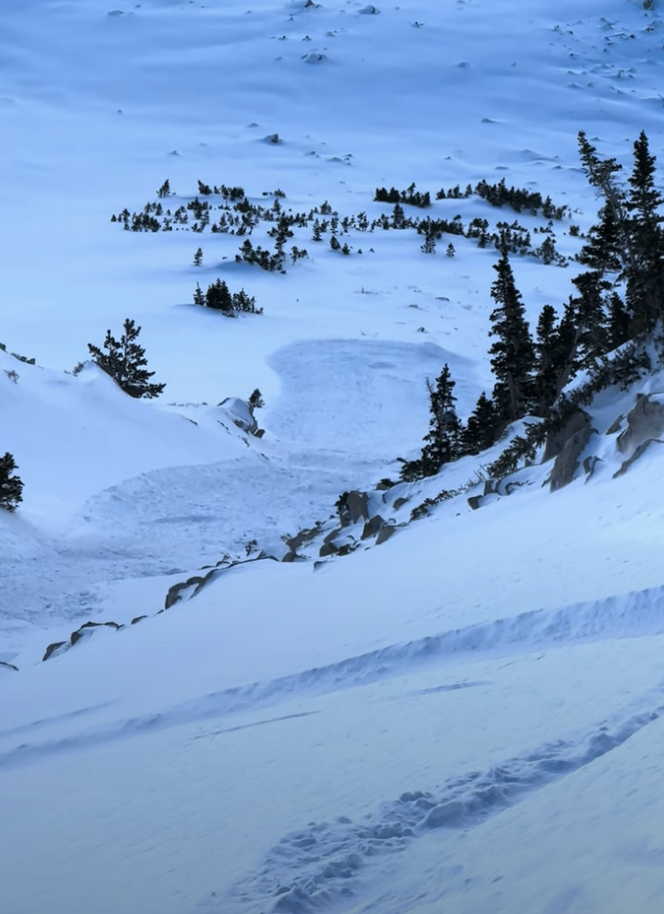Forecast for the Salt Lake Area Mountains

Issued by Nikki Champion on
Wednesday morning, December 27, 2023
Wednesday morning, December 27, 2023
Overall, the avalanche danger is generally LOW, and normal caution exists. You may encounter isolated pockets of fresh wind-drifted snow in exposed terrain at the upper elevations. In the more wind-protected terrain, you may be able to trigger shallow loose sluffs that will be enough to catch and carry a skier or rider down the slope.
Continue to maintain safe travel habits; this means exposing one person at a time to avalanche terrain, having someone watch them from a safe location, and not traveling above or below other parties.

Low
Moderate
Considerable
High
Extreme
Learn how to read the forecast here





